Pamela Tabor – Forensic Nursing The Harsh Realities in Every Patient Care Setting
$219.00 Original price was: $219.00.$61.75Current price is: $61.75.
Very few nurses were trained in legal matters; therefore, this is a critical knowledge update that addresses current trends in risk management and application to practice in order to mitigate negative outcomes.
Pamela Tabor – Forensic Nursing The Harsh Realities in Every Patient Care Setting
- Interventions for a variety of abused/ victimized patient populations
- Differentiate intentional vs. unintentional injuries
- Child abuse/neglect: Abusive head trauma, unexplained infant death, SIDS & infanticide
- The sexual assault patient: Evidence collection & documentation tips
- Intimate partner violence: Case file construction that is ready for litigation
- Your malpractice insurance & personal/professional stalking concerns
- Fascinating case studies & provoking photographs
Increasing violence and litigation are rampant in our society. Every nurse must have a baseline concept of the prevalent types of abuse/maltreatment in order to provide compassionate and comprehensive care, as well as brace themselves for the inevitable exposure to the legal system (civil, criminal, human rights). Forensic nursing is an exploding and exciting sub-specialty of nursing. Many find this not only an interest, but a compelling method of holistic patient care. Acquiring a distinctive skill set based on evidence-based practice allows nurses to make valuable and unique contributions in and beyond the typical practice setting. The content presented in this one-day course will equip you to identify and intervene with abused/victimized patients, learn from valuable assessment tools, review various charting examples and take a close look at a plethora of photos and case studies. Very few nurses were trained in legal matters; therefore, this is a critical knowledge update that addresses current trends in risk management and application to practice in order to mitigate negative outcomes.
OUTLINE
Clinically Relevant Identification of Intentional vs. Unintentional Injuries
- Purpose of correct injury identification, terminology and charting
- Blunt and sharp force trauma
- Gunshot wounds
- Preserving evidence from trauma patients
- Documentation examples and assessment/ charting tools
Trending Issues in Child Abuse and Neglect
- Abusive head trauma
- The five cardinal rules of bruising
- Unexplained infant deaths, SIDS and infanticide
- Mechanisms of injury
- Ophthalmic, dermatological and skeletal findings
- Intervention and prevention strategies
Advanced Skills to Assess the Sexual Assault Patient
- Dynamics of sexual assault
- Case studies: Evidence collection and charting examples
- Strangulation: Biomechanics, physical signs and symptoms, documentation
Intimate Partner Violence (IPV): Recognition, Evidence-Based Practices and Case File Construction
- Populations affected by IPV: Adults, Elders,
- Teenagers, Pregnant Women
- Direct and indirect indicators of IPV
- One of the biggest issues in healthcare: The generational and societal cycle of violence
- Evidence-based tools for identification
- Developing a case file that is ready for litigation
Would you like to receive Pamela Tabor – Forensic Nursing The Harsh Realities in Every Patient Care Setting ?
Trending Risk Management Issues
- Malpractice insurance: Help or hindrance
- Mandated Reporting: Not optional and what you need to understand
- Healthcare serial killers: Everyone’s responsibility and liability
- Stalking: Personal and professional
Vicarious Traumatization (VT)
- Burn out, compassion fatigue, secondary traumatic stress, and post-traumatic stress disorder
- Factors associated with developing VT
- Evidence-based intervention and prevention strategies
OBJECTIVES
- Differentiate between intentional and unintentional injuries and the best ways to document your findings.
- Examine child abuse and maltreatment issues including abusive head trauma, unexplained infant death, SIDS and infanticide.
- Recognize that the healthcare profession has produced more serial killers than any other profession and ways to protect patients, yourself and your institution.
- Evaluate the correct (and incorrect) process of evidence collection.
- Analyze factors associated with vicarious trauma and strategies to combat this in your own practice setting.
- Apply important new ideas and concepts through unforgettable case studies.
- Select an evidence-based intimate partner abuse screening tool that has application for your area of practice.
Be the first to review “Pamela Tabor – Forensic Nursing The Harsh Realities in Every Patient Care Setting” Cancel reply
Related products
Health & Medical
2018 High Risk Obstetrics Current Trends, Treatments & Issues
Health & Medical
Health & Medical
Deborah Dana – Polyvagal Theory in Action with Deb Dana, LCSW
Health & Medical
Health & Medical
Health & Medical
Health & Medical
Kate Freeman – Heart Of Releasing – Masters for Daily Releasing

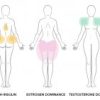

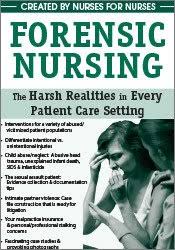

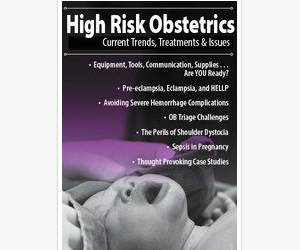

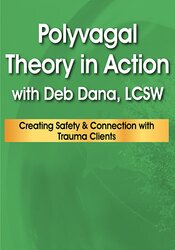



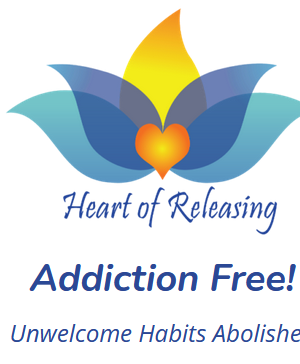

Reviews
There are no reviews yet.